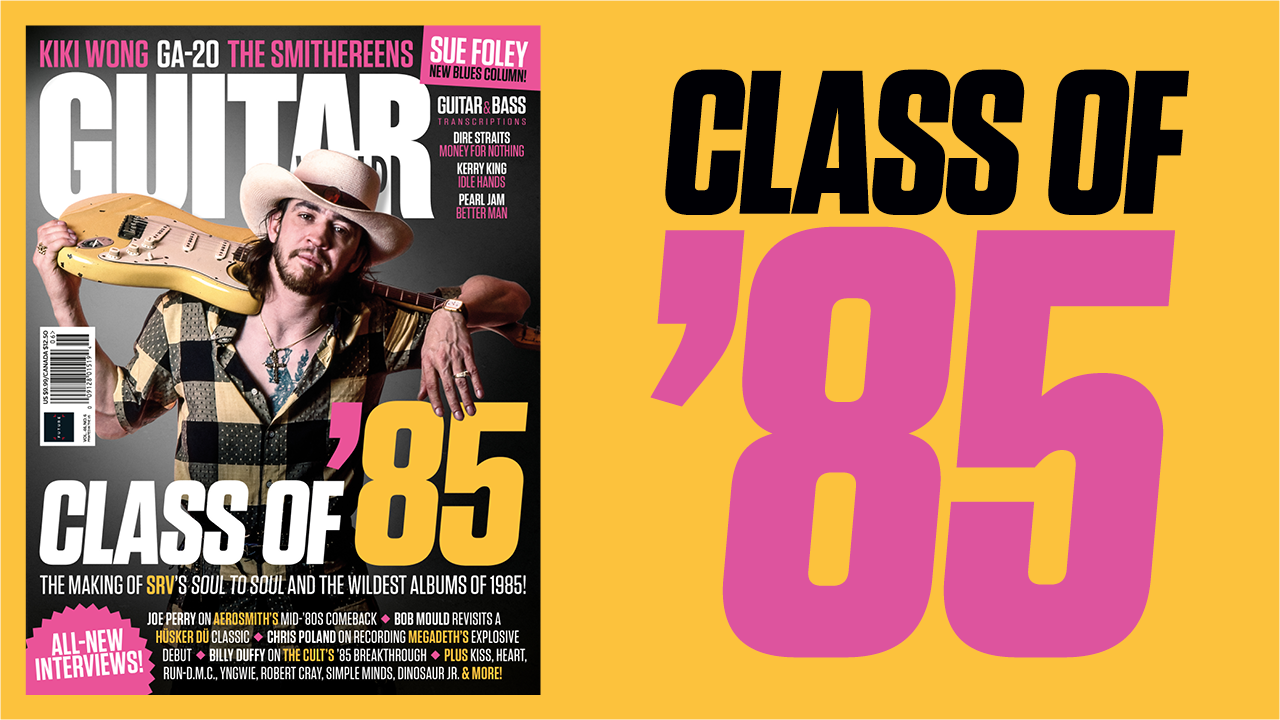6 simple but super-effective ways to make easy chords sound great
Simply rearranging the notes can make basic chords sound infinitely more exciting

Using alternative voicings adds color and variety to your chords by reshuffling the order of notes.
Though there are essentially just five different categories of chord shape (C-A-G-E-D), there are almost infinite possibilities in how to arrange the notes. Starting with the classical convention, the order of root, 3rd, and 5th can be ‘shuffled’ to create inversions.
For example, using E Major, swapping the conventional voicing of E-G#-B (R-3-5) in ascending order, how about 3rd-5th-root (G#-B-E)? Or, how about putting the 5th (B) on the bottom? This creates another feel altogether.
Example 1
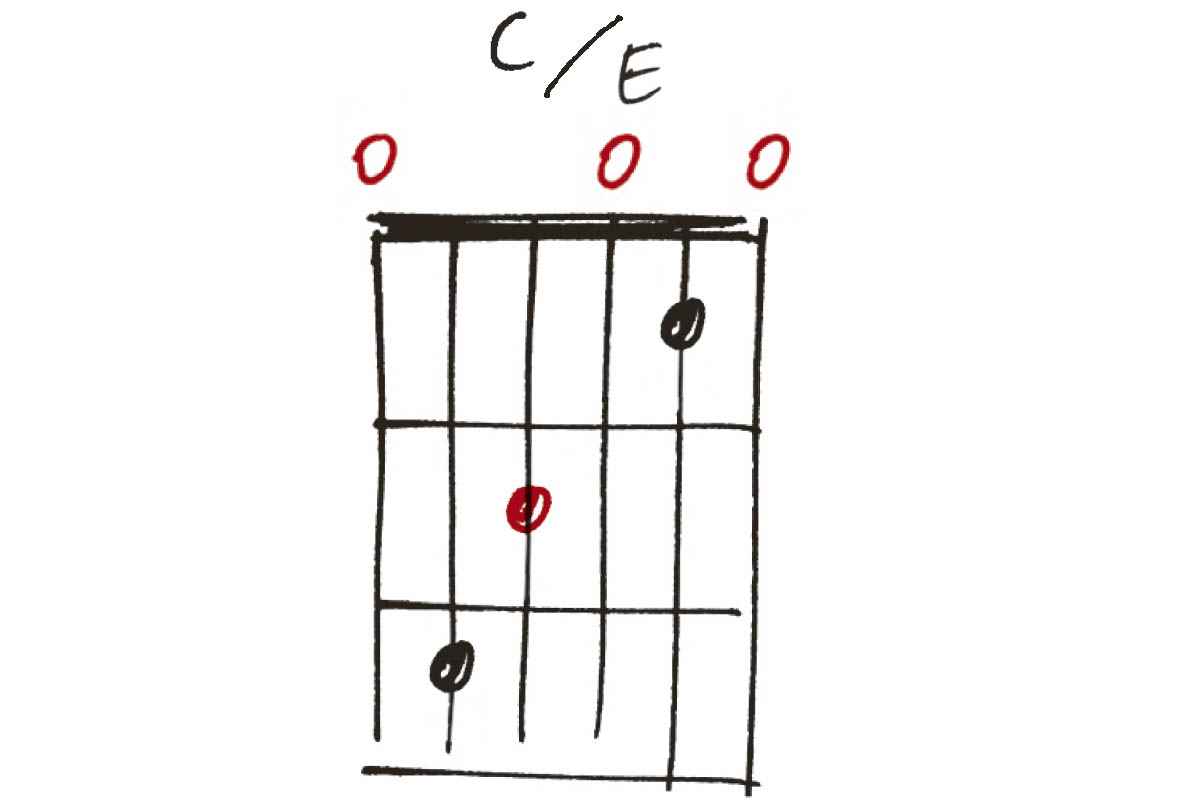
Taking the C Major chord (C-E-G) and putting the 3rd (E) on the bottom gives a grander version, great for setting up a change to F Major. In fact, sitting between a regular C and F Major, you have a well-loved chord progression – all achieved by doing what many guitar teachers forbid, letting the sixth ring under a C Major!
Example 2
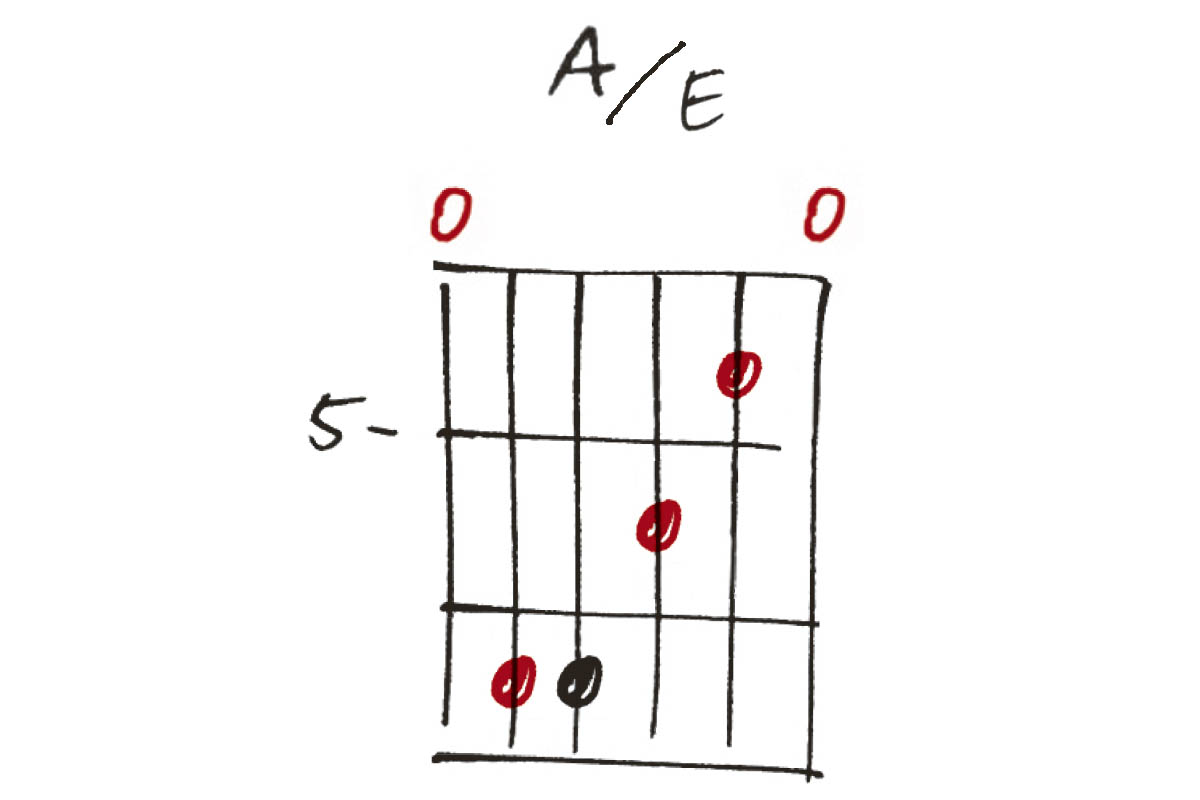
This A Major shape is similar to the barre chord version, but omits the first finger across the strings, which enables the open first and sixth strings to ring. Our focus is on the sixth string, as this non-root bass note changes things a little. It’s still the same A Major, but if the next chord is E, we’ve set it up with this linking note.
Example 3
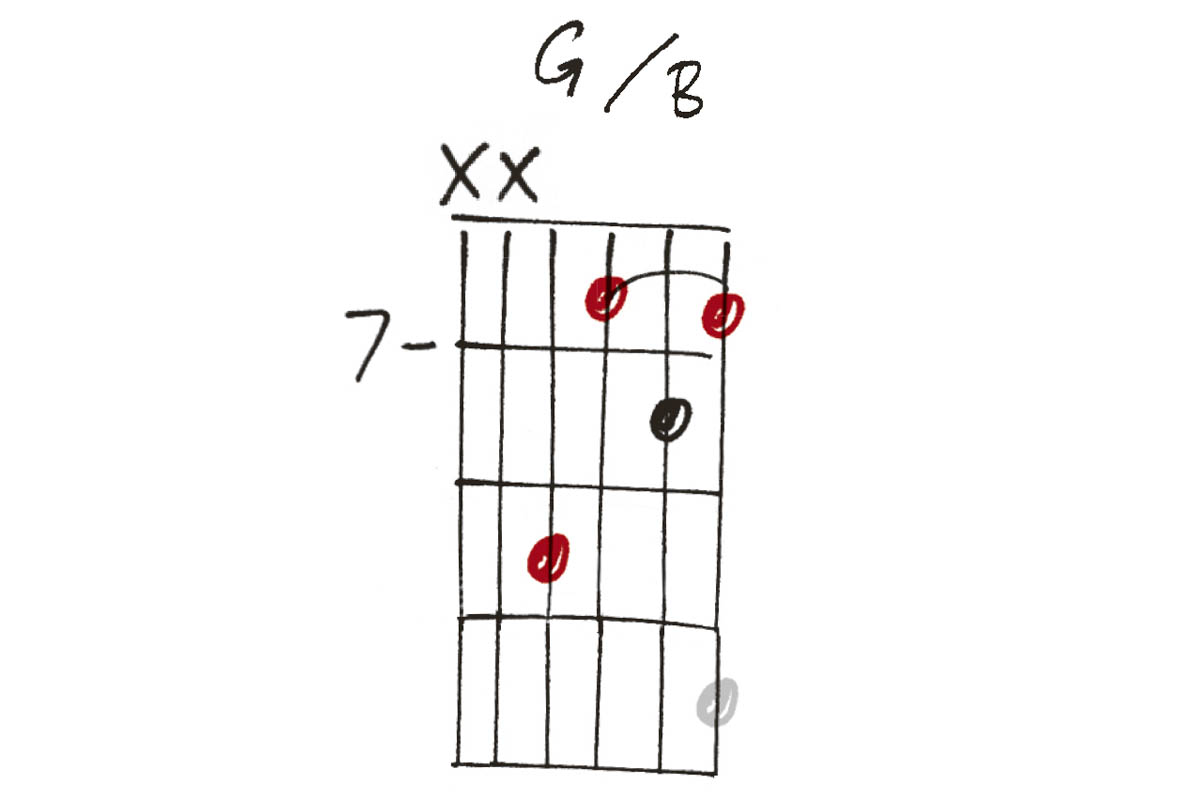
Moving a G Major triad (G-B-D) up away from open position and shifting the 3rd (B) to the bottom, we create a jangly alternative ideal as an overdub/alternative guitar part, or even as an melodic interlude in a song. Try adding a D at the 10th fret of the first string with your fourth finger to expand this even further.
Example 4
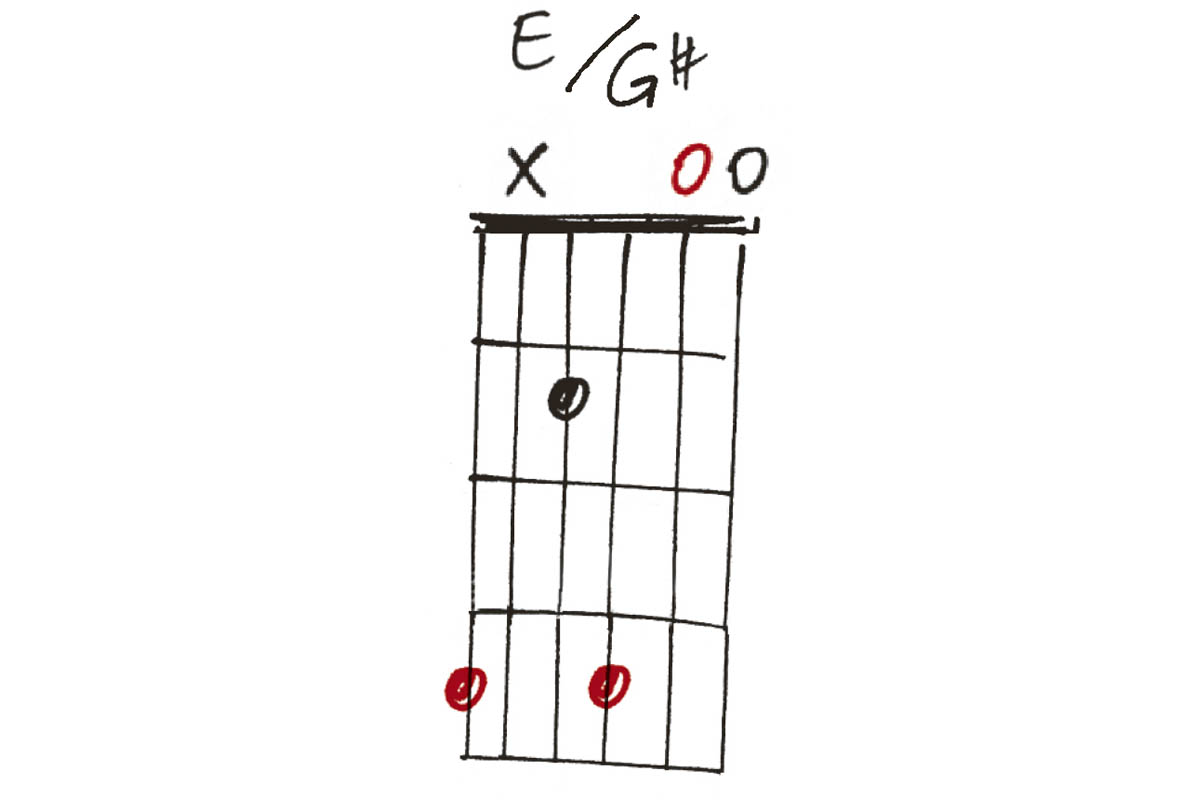
This version of E Major moves the 3rd (G#) to the bottom. In context, this is great for leading to an A Major chord. Note the fifth string is not used. The low G# and B would resonate in an unpleasant way – and we have two 5ths on the third and second string anyway!
Example 5
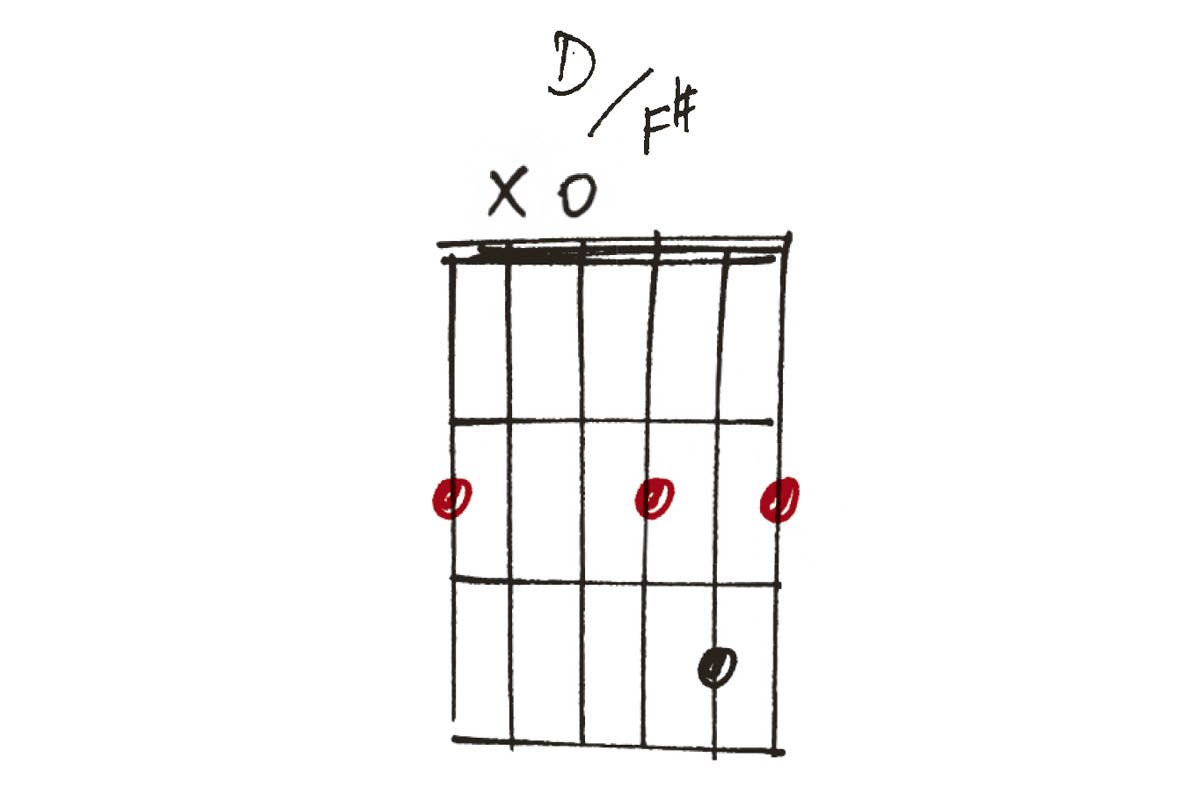
A D Major chord with the 3rd (F#) on the bottom sounds great both leading into and out of a G chord. While the open fifth string is perfectly in key with the rest of the chord, lots of harmonic detail can make the low-end sound muddy, so we’ve muted it here.
Example 6
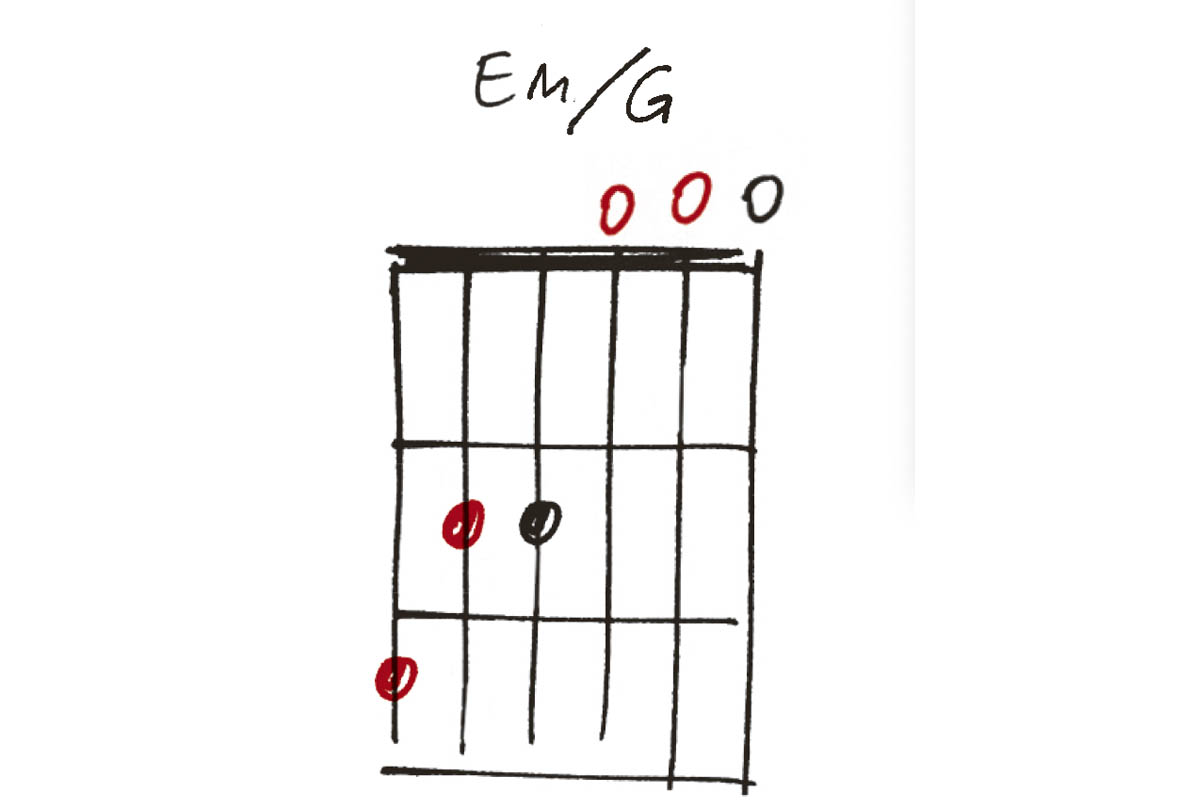
This can work just as well with Minor chords, so here is an E Minor with the 3rd (G) on the bottom, or first inversion. A nice example can be heard on On An Island by David Gilmour, where he combines it with a regular E Minor chord, giving a melodic feel to the bass end.
Get The Pick Newsletter
All the latest guitar news, interviews, lessons, reviews, deals and more, direct to your inbox!
As well as a longtime contributor to Guitarist and Guitar Techniques, Richard is Tony Hadley’s longstanding guitarist, and has worked with everyone from Roger Daltrey to Ronan Keating.








![Joe Bonamassa [left] wears a deep blue suit and polka-dotted shirt and plays his green refin Strat; the late Irish blues legend Rory Gallagher [right] screams and inflicts some punishment on his heavily worn number one Stratocaster.](https://cdn.mos.cms.futurecdn.net/cw28h7UBcTVfTLs7p7eiLe.jpg)


